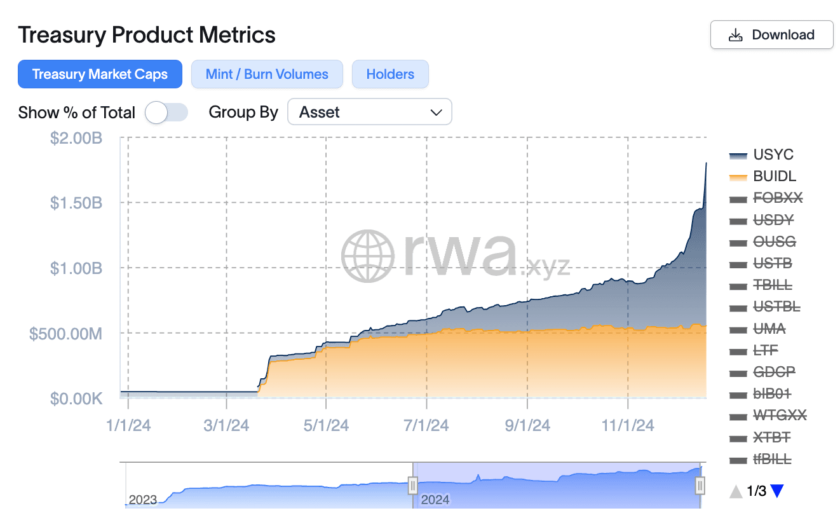- While the S&P 500 is still down about 6% year-to-date, Zoom’s shares have tripled in value.
- Zoom’s popularity has exploded due to shelter-in-place orders.
- Zoom keeps soaring despite investors being optimistic about the economy.
Zoom Video Communications’ (NASDAQ:ZM) stock price was on an uptrend before the pandemic started. But the outbreak pushed shares higher as lockdowns forced Americans to work from home, and more of them used Zoom’s video conferencing app.
Zoom’s shares have tripled in value since the start of the year. They continued to rise on Monday, soaring past $200.
The tech company is now worth more than the world’s seven biggest airlines.
Zoom’s shareholders must be pleased with the stock outperformance. But Zoom’s surge might not bode well for the economy’s outlook.
Zoom Should Be Trending Lower
Zoom is a stay-at-home trade. The company’s video conferencing app allows people to meet and do presentations virtually instead of in-person.
As being able to meet remotely is very convenient during a pandemic, Zoom’s daily participants have surged. They are now about 300 million, up from 10 million per day in December.
But as states are reopening, and if investors are optimistic about the economy, shouldn’t Zoom be trending lower?
Since hitting bottom on March 23, the S&P 500 has rallied 37% despite dismal economic numbers.
The stock market is rallying because investors think the worst is over.
The reality is that the economy probably won’t go back to the way it was before the pandemic, or at least, not for a very long time. That’s why Zoom keeps soaring.
The Economy Won’t Go Back To Normal
While Zoom is doing very well, this isn’t the case for most companies.
According to a Federal Reserve report released last week, economic activity fell sharply in the United States in May, leaving companies very uncertain about their future and pessimistic about the potential pace of recovery.
The Fed reported a deep national drop in consumer spending, manufacturing, travel, and construction due to the disruption caused by the pandemic, causing shockwaves throughout the economy.
Jerome Powell warned that the crisis could cause a prolonged recession and weak recovery, leaving behind lasting damage.
According to researchers, the pandemic may last until 2022. And we may see a second, more significant wave of infections this fall.
Financial analysts believe that protests taking place across the U.S. in response to George Floyd’s death could weigh on both markets and the economic recovery.
The mass gatherings increase the likelihood of a second wave. Second wave fears could halt reopening or increase cautiousness. Plus, continued civil unrest could hurt consumer confidence.
We don’t know how long it will take for the economy to recover. But what we do know is that the pandemic has caused many changes.
Work-from-home is one of those trends that will likely to continue post-pandemic as people keep practicing social distancing.
Shark Tank’s investor Kevin O’Leary thinks remote work will become the norm and that it will save companies tons of money.
Remote work was on the rise before the pandemic; the virus only accelerated this trend. So Zoom should continue to perform well post-pandemic, as well as other stocks profiting from the work-from-home trend. But the S&P 500 could collapse as other companies report plunging earnings.
Disclaimer: This article represents the author’s opinion and should not be considered investment or trading advice from CCN.com. The writer does not own any shares of Zoom Video Communications.
This article was edited by Sam Bourgi.




